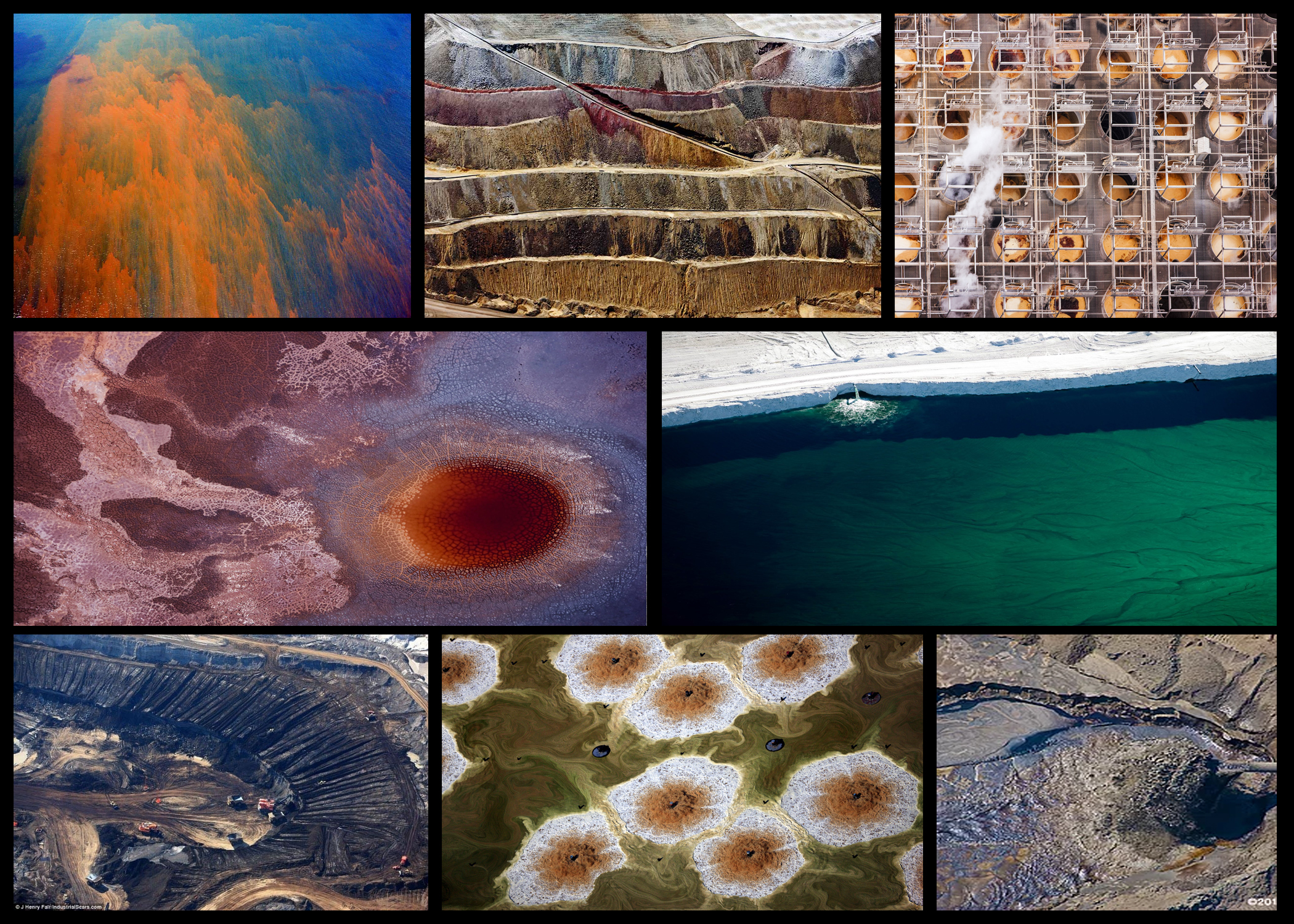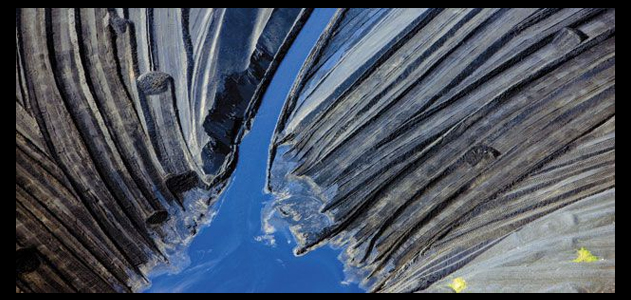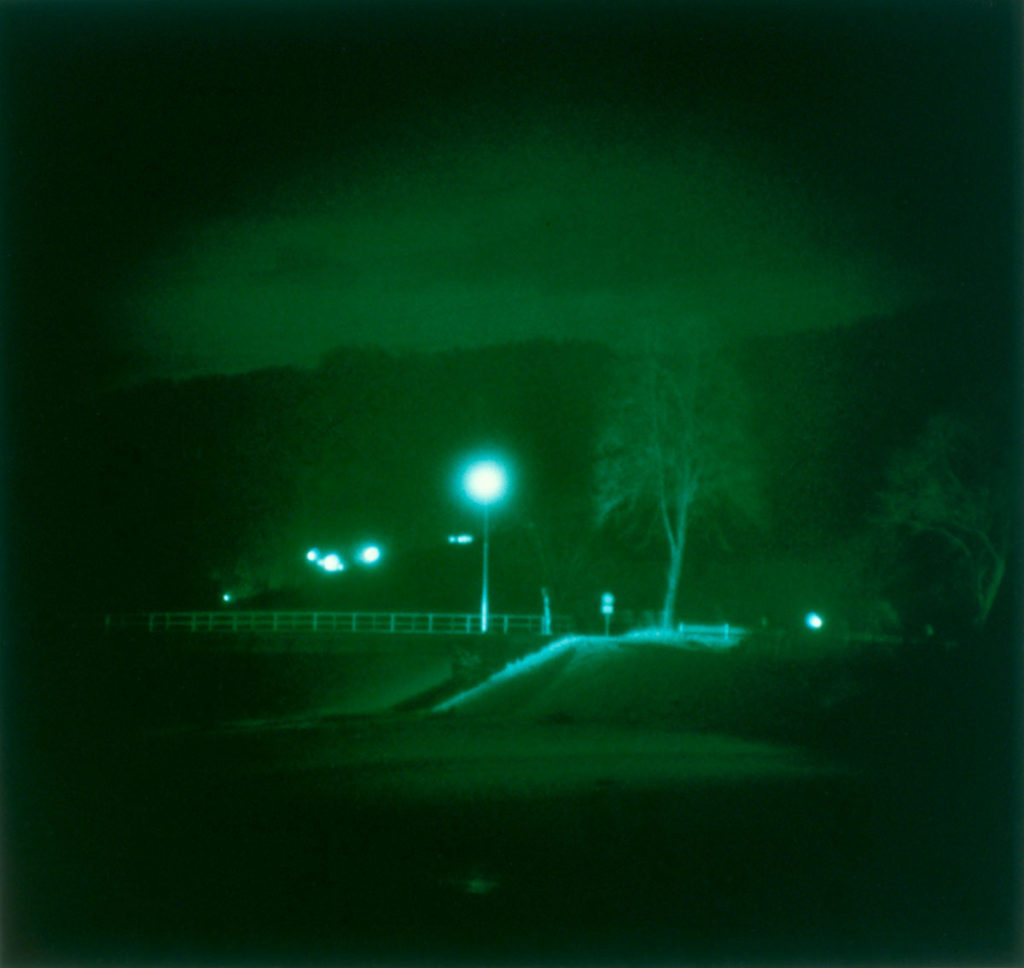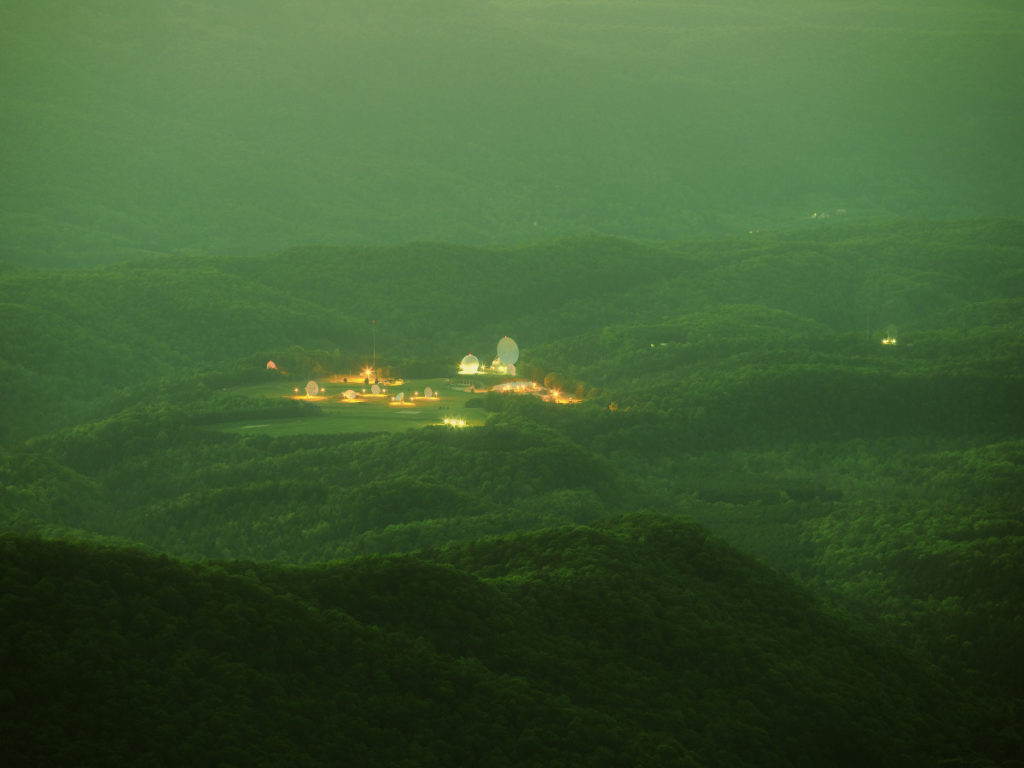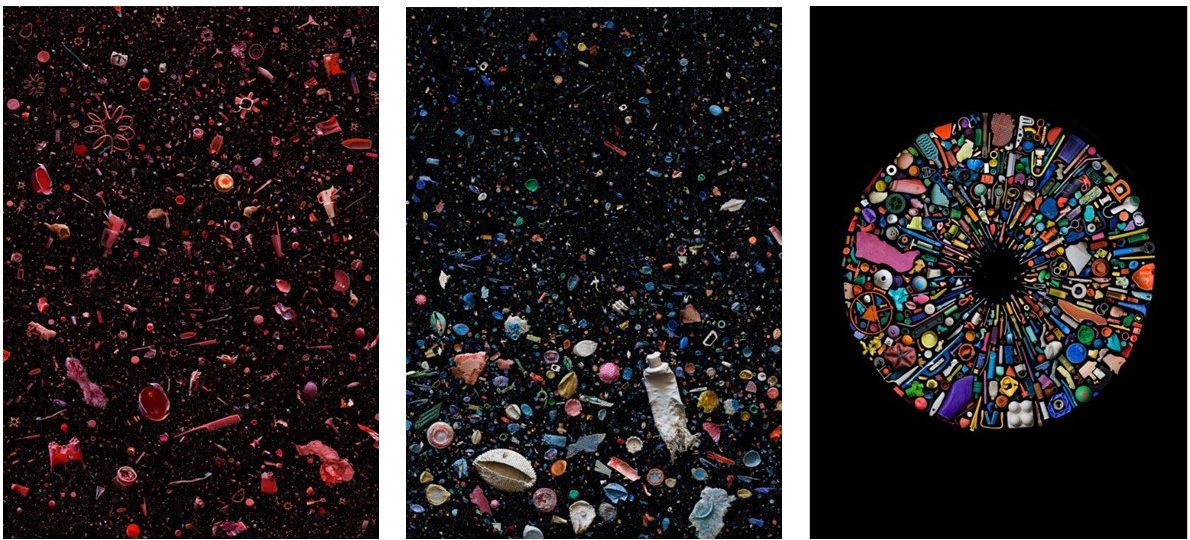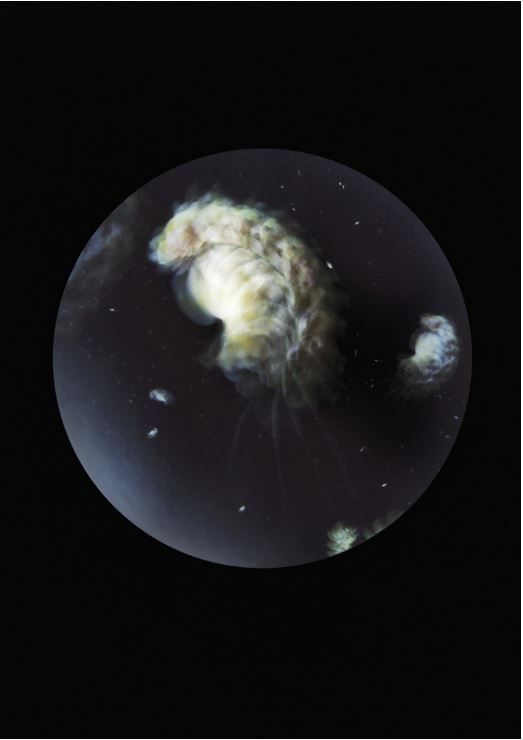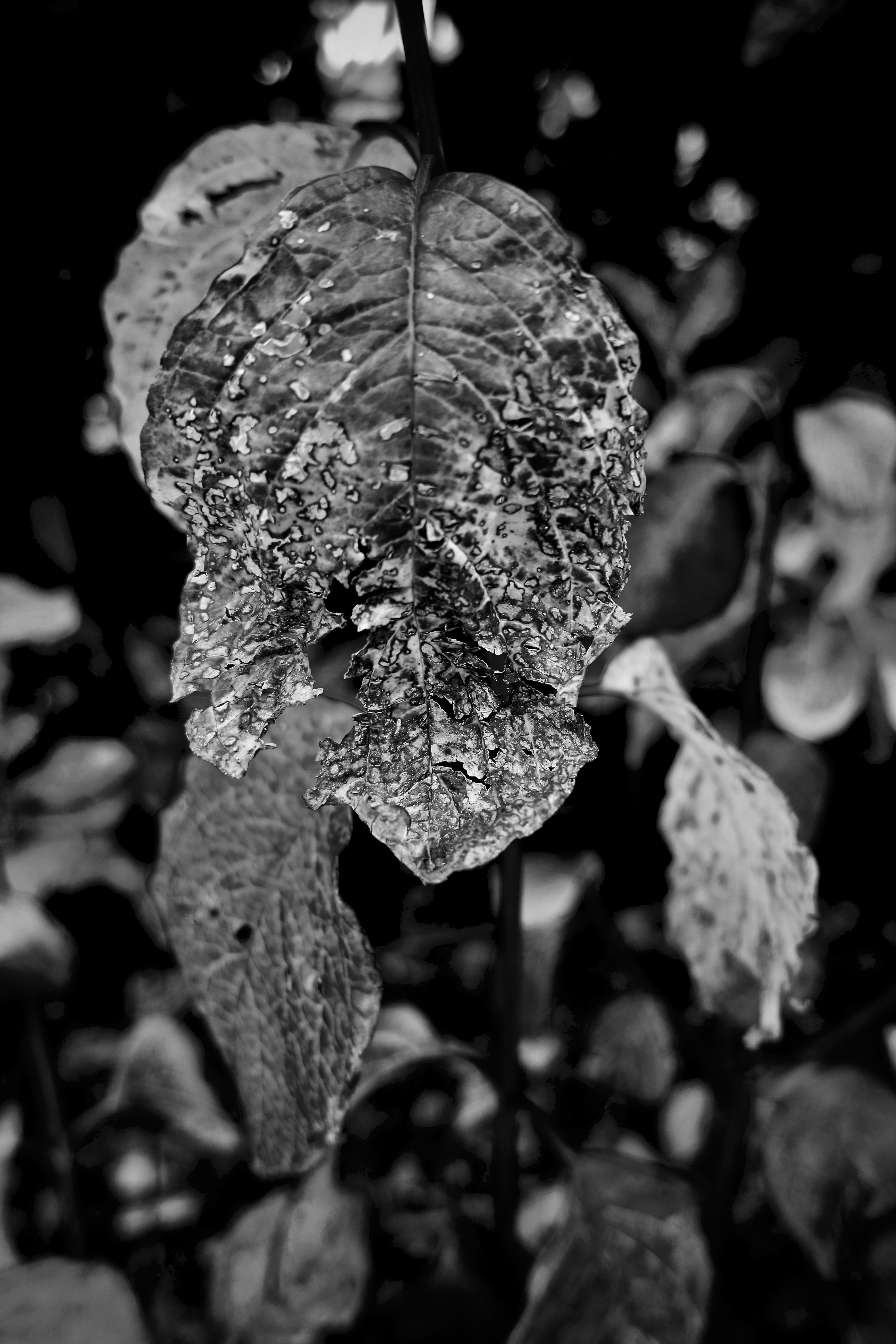A philiosophical enquiry – by burke – oxford
Burke had the through that the beautiful us that which is well-formed and aesthetically pleasing. And differently how the sublime is something which has power to compel and then destroy us. He stated the difference was that of the transition from neoclassical to the romantic era. Burkes thinking was based off the understanding he had from the casual structures, this consisting of Aristotelians belief that ‘physics and metaphysics, causation can be divided into formal, material, efficient and final causes’ he believed the formal cause of beauty if the passion of love, the material cause concerns would be the materials of the object itself, smallness, smoothness, delicacy. These intern cause the calming of our nerves . The final cause is God and his providence. Beauty before burkes view was based on the three defining factors of fitness perfection and proportion. however the sublime also had a casuals structure before Burkes theory and this consisted of, the passion of fear(death), The material was the infinity, vastness and magnificence of the object. The efficient cause is the tension of our nerves, and gos role in the final cause is having created and battled satan.The themes within this book contain 4 main propositions throughout the novel itself, these consist of:
childishness: these are shown through the study of aesthetic requires to move beyond an implicit appreciation of the attractive elements of the world around them. burka himself acknowledges this fact through the establishment of childishness as a theme of his work. the childlike elements is substantial to the way he wrote without insulting great thinkers but his concern with he topic to be presented without inflicting or proving others to be wrong. The next is;
Classification: this is when Burke proceeds throughout his work using classifications. In particular, the theme of classification is permeated by the question of independence or dependence in the sensations about which he writes, as well as new connections and differences between objects and parts of life.
Humanism: burkes work focuses primarily of the beautiful and the sublime. although he soon redirects the attention to the paradigm of the self with the theme of humanism. he speaks about the placing of emotions within the personal realism. When studying terror burke evoked the sensation about which he writes, allowing the reader to maintain a childlike sense of observation and reminds ourselves that is the reason for the book itself if comprehension and appreciation. To my mind this has clear connotations of the way in which he has an emotional sensitivity when dealing with others and even talking about the harsh emotions considered with that of beauty and the sublime.
Aesthetics: enquiry is said to lead a reader to notice emotions. Burke is said to concern himself with the theme of aesthetics. The theory itself is a wide-ranging and many have attempted to define why we take pleasure of of certain scenarios of what we notice in the natural and sensory world. He develops on many of these themes with calmness and rarely becoming carried away. He talks about aesthetics throughout the novel, stating things such and . Burke argues in Reflections on the French Revolution, such rights are ‘by the laws of nature, refracted from their straight line’, enduring ‘such a variety of refractions and reflections, that it becomes absurd to talk of them as if they continued in the simplicity of their original direction’. What is natural about such rights is their deviance or aberrancy; their self-disseminatory power is part of their very essence. When Burke adds that ‘the nature of man is intricate; the objects of society are of the greatest possible complexity’, he speaks, in the original sense of the term, as an aesthetician. And this is equivalent, in this political context, to saying that he speaks also as a reactionary. Some quotes from reading the first beginning of the book that have really stuck with me are the following:people are not liable to be mistaken in their feelings, but they are very frequently wrong in the names they give them, and in their reasoning about them. pleasure does form the ceasing or diminution of some pain. pain and pleasure are each from a positive mature.
The sublime -contemporary arts – simon morleyth and this book is more of an in depth analysis to what the sublime is, means and how it was formed. For Longinus, the sublime is an adjective that describes great, elevated, or lofty thought or language, particularly in the context of rhetoric. As such, the sublime inspires awe and veneration, with greater persuasive powers.

